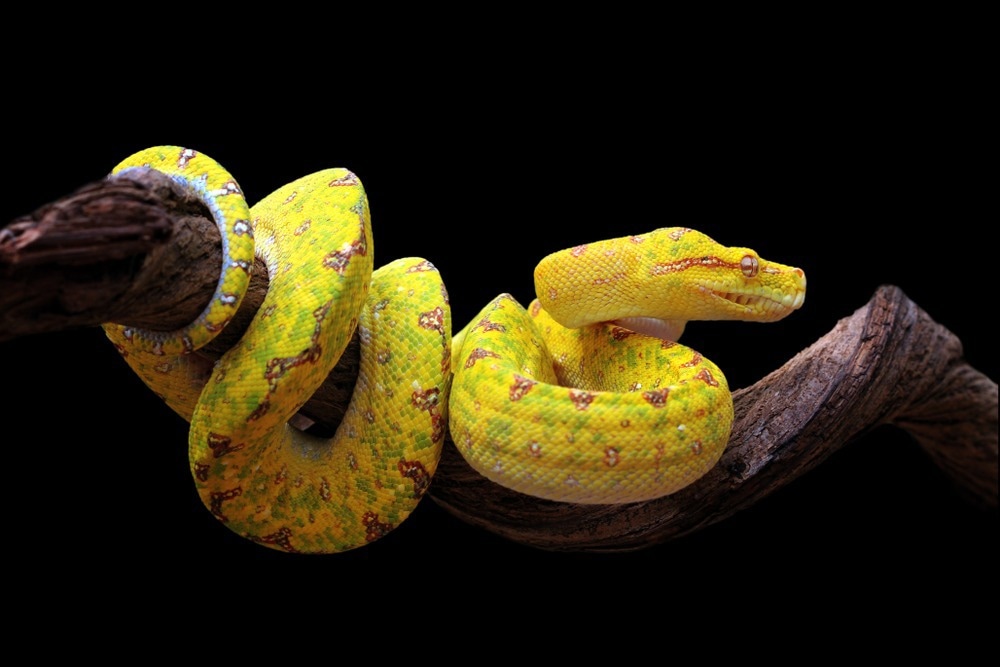The creation of the first wide range of reptile cell lines is highlighted in a new scientific study that was published in the journal Microorganisms. This achievement is noteworthy and, according to experts, will promote reptile conservation.
 Image Credit: Kurit afshen/Shutterstock.com
Image Credit: Kurit afshen/Shutterstock.com
Researchers at the University of Florida College of Veterinary Medicine produced cell lines from a range of reptiles for the study, which was funded by the Morris Animal Foundation. These reptiles included crocodilians, snakes, turtles, tortoises, and lizards.
Cell lines are collections of in vitro-grown multicellular animals’ cells that can be utilized for a range of research activities, including the development of vaccines and the testing of drugs. Cell lines can also replace the requirement for live animals in scientific study, which is a significant improvement for animal welfare.
This is going to provide a set of tools that previously was entirely unavailable. It is hopefully going to push reptile disease research into the next generation.”
Dr. Robert J. Ossiboff, Study Lead Investigator and Clinical Associate Professor, University of Florida
Funding for studies like this one, according to Ossiboff, is essential since work on diseases affecting reptiles and amphibians consistently falls behind research for practically all other animal species.
Dr. Ossiboff added, “When you have species that are not your charismatic megafauna—not everyone loves them all the time—it is really hard to find that type of funding. That is why Morris Animal Foundation is so essential.”
Source:
Journal references:
- Tillis, S. B., et al. (2023). In Vitro Characterization and Antiviral Susceptibility of Ophidian Serpentoviruses. Microorganisms. doi.org/10.3390/microorganisms11061371
- Tillis, S. B., et al. (2022) Divergent Serpentoviruses in Free-Ranging Invasive Pythons and Native Colubrids in Southern Florida, United States. Microorganisms. doi.org/10.3390/v14122726